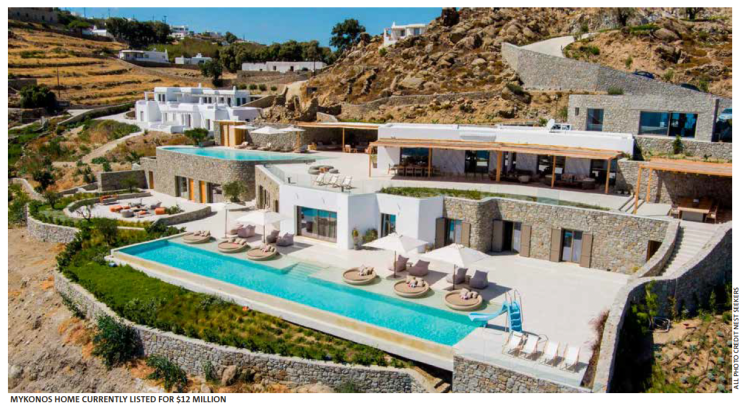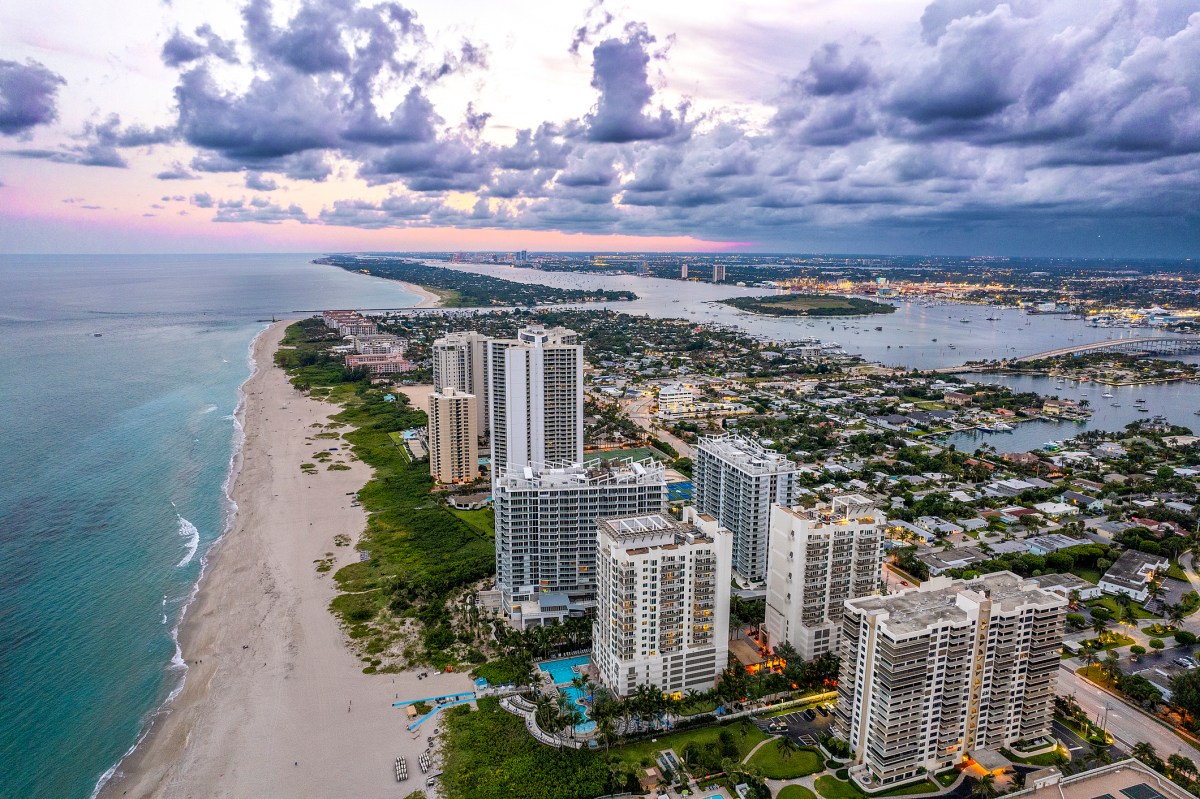Every summer for decades, New Yorkers have made the ritual pilgrimage to their Hamptons retreats. Now that well-worn path is being redrawn across international waters — creating a new class of global residents who view the world as their second home.
This shift, initially triggered by the pandemic, has evolved into a seemingly lasting re-set of how people view living and working arrangements.
“Life feels like it’s changed forever,” said Eddie Shapiro, founder of Nest Seekers International, a real estate agency with a large footprint in Manhattan and the Hamptons. “The traditional summer season has expanded, and people are thinking beyond the usual destinations.”
The numbers tell the story: Nest Seekers has seen its international business more than double, from roughly 15-20% in 2020 to 40% in 2023. This growth reflects a fundamental change in how Americans approach their living arrangements, particularly during the summer months.
The new pattern typically unfolds across an extended season from May through October, rather than the traditional July-August focus. A typical client might spend early summer in the Hamptons, August in Europe, and winter months in the Caribbean. This flexibility is particularly apparent in the Hamptons market, where Nest Seekers has noticed a significant shift in rental patterns.
“Clients are increasingly saying, ‘I want to spend August in Europe,’” Shapiro said. “They’re discovering places like Costa del Sol, the Amalfi Coast, and the Greek Islands. Often, you’ll see the same people you’d meet in the Hamptons showing up in Capri or Majorca.”

The Mediterranean has emerged as a particular draw, with Americans now representing 60% of foreign purchasers in Italy and Portugal, according to Shapiro. Spain shows a more diverse market, with German and Nordic buyers maintaining their traditional presence alongside the growing American contingent.
Several factors are driving this trend. The strength of the U.S. dollar has made European properties more attractive, while favorable tax arrangements in countries like Italy – where income tax can be capped at 100,000 euros regardless of earnings – add to the appeal. Perhaps most significantly, remote work capabilities have freed many professionals from geographic constraints.
The asset threshold for this international lifestyle might be lower than many assume. While luxury properties can reach into the tens of millions, Shapiro points out that entry-level opportunities exist in secondary locations. “You can find waterfront condos in some Mediterranean towns for $300,000 to $400,000,” he said. “They might be 45 minutes from the hot spots, but they offer access to the same lifestyle.”
These properties often come with additional benefits. Many countries offer “golden visa” programs, where property investments above certain thresholds (typically around $500,000) can lead to residency rights and eventually citizenship. This can be particularly valuable when the country participates in the Schengen Agreement, allowing free movement throughout much of Europe.
The trend extends beyond just summer homes.cNest Seekers has expanded its reach to accommodate clients’ year-round global movements, with offices stretching from Lisbon to Tel Aviv, and a growing presence in the Caribbean for winter months.
This global expansion would have seemed unlikely when founder Eddie Shapiro started as a 19-year-old aspiring musician in early 1990s New York. “Within months of getting my license, I saw more money than I had seen in my entire life,” Shapiro recalled of his early days in real estate, which led him to start his first brokerage before turning 21.

When he founded Nest Seekers in 2001, he innovated by focusing on corporate relocation accounts and embracing digital marketing when competitors still relied on traditional advertising. Those innovative instincts have paid off – the agency now operates 60 offices with approximately 2,000 agents and employees worldwide, transforming from a New York startup into a global real estate entity.
Portugal offers a prime example of how these markets are evolving. “You can go to Ericeira, just outside Lisbon, and the coffee shops are full of Americans,” Shapiro said. The country has become particularly popular with the surfing community, drawn by some of the world’s largest waves, leading Nest Seekers to establish five offices and 120 agencies there.
For those more interested in Mediterranean lifestyle, Italy offers the classic appeal of “La Dolce Vita,” while Greece presents 6,000 islands to explore, each with its own character and real estate opportunities.
The variety allows clients to find locations that match their specific interests and lifestyle preferences.
This new pattern of global living shows no signs of slowing, even as some urban areas return to pre-pandemic patterns. If anything, the trend appears to be accelerating as more people discover the possibilities of a truly international lifestyle. Many start as renters before transitioning to purchases, often maintaining multiple properties across different regions.
“We’re helping people move past the monotonous pattern of Thursday-Friday commutes to the Hamptons,” Shapiro said. “It’s about facilitating a richer, more worldly experience.”
The result is a recalibration of luxury real estate patterns, with implications extending far beyond the traditional vacation home market. As barriers to international living continue to fall and remote work becomes increasingly normalized, this new model of global mobility appears poised to become the new standard for those who can afford it.
For more information contact Nest Seekers International.
This article appeared in Dan’s Business Section in the Dec. 12 edition.





















